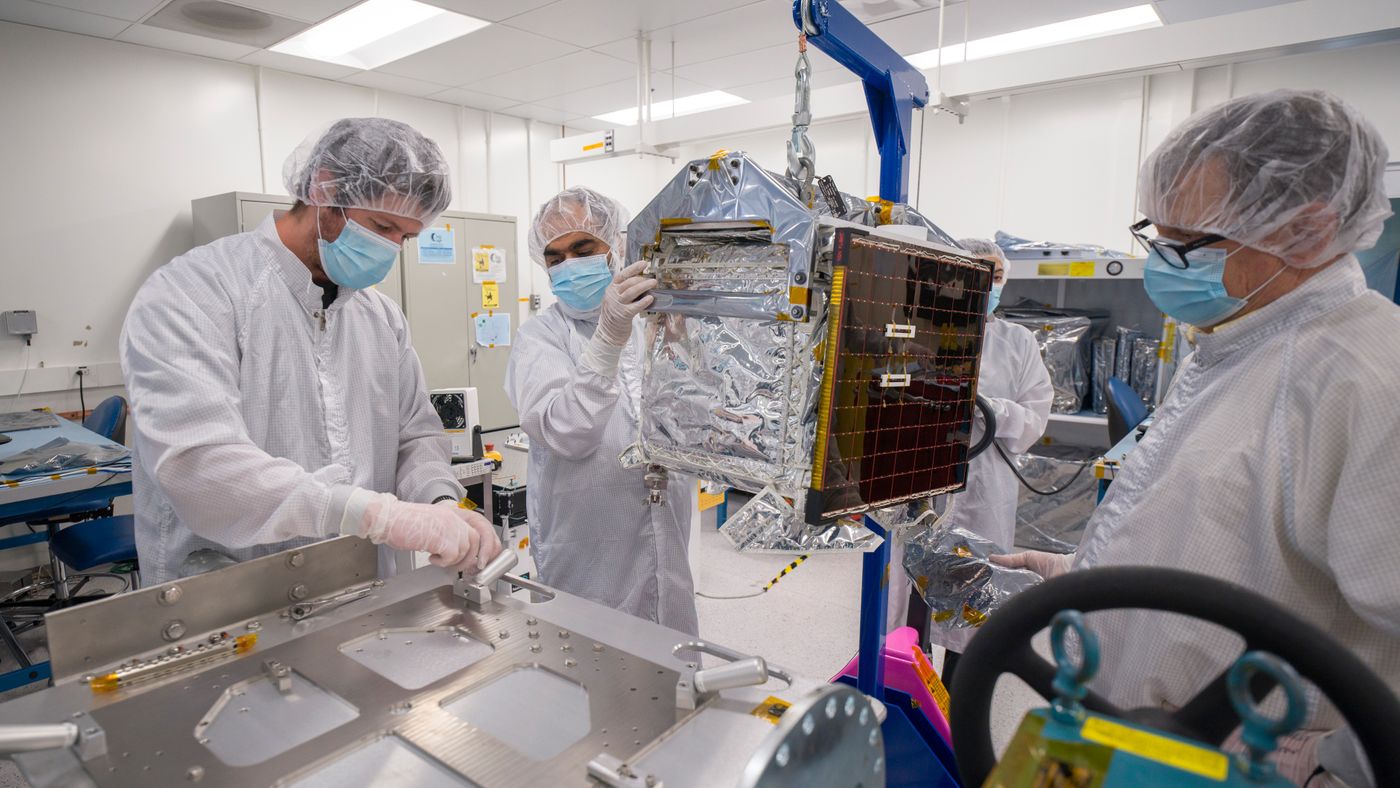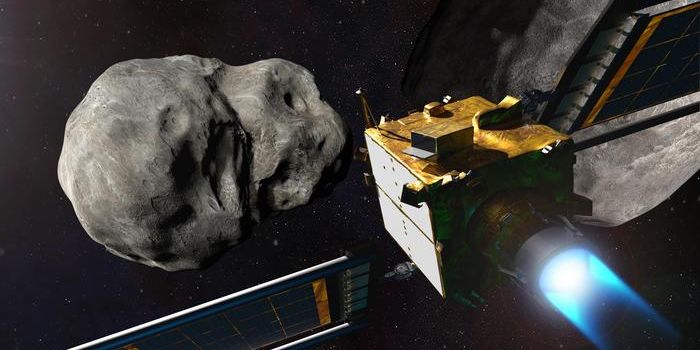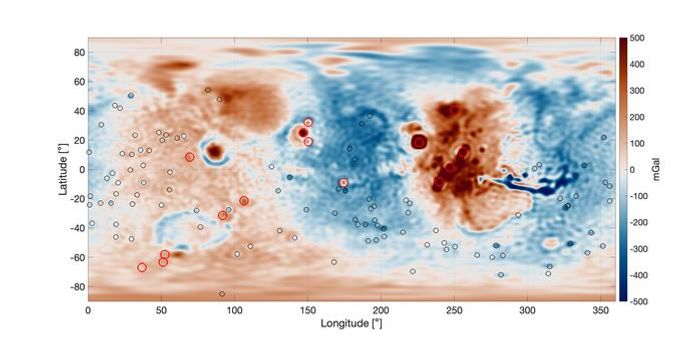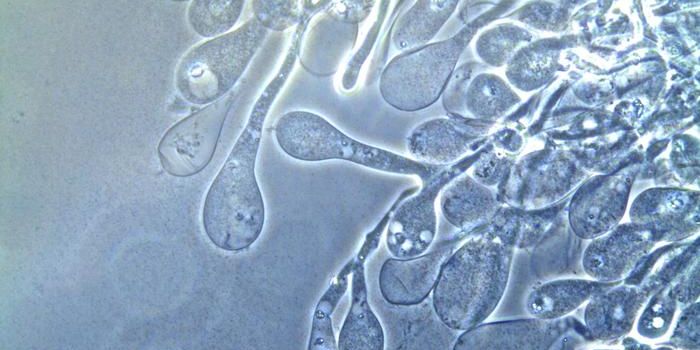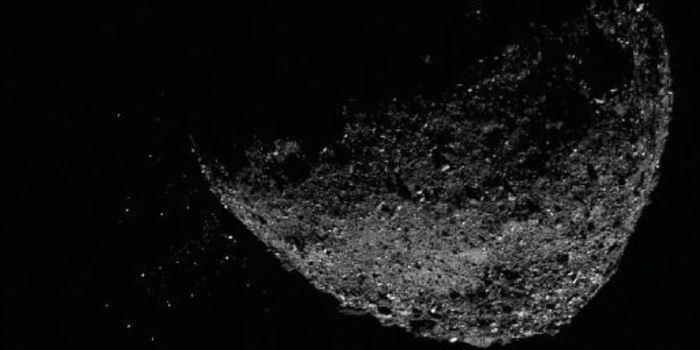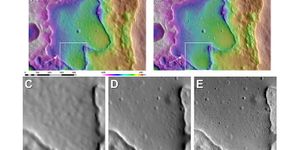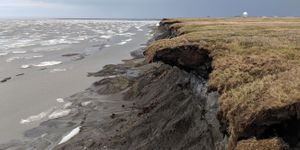Farside Seismic Suite: Probing the Moon's Deep Structure
What causes quakes on the Moon, also called moonquakes, and what can they teach us about quakes on other worlds? This is what NASA’s Farside Seismic Suite (FSS) hopes to address as engineers at NASA’s Jet Propulsion Laboratory (JPL) recently finished assembling the microwave-sized payload that is slated to land on the far side of the Moon sometime in 2026 as part of NASA’s CLPS (Commercial Lunar Payload Services) initiative.
What’s unique about FSS is this will not only mark the first time since the Apollo missions that seismic measurements will be directly obtained from the Moon’s surface, but this same technology was also used on the Mars InSight lander, which was responsible for detecting more than 1,300 marsquakes, with the InSight mission unfortunately ending in 2022.
“FSS will offer answers to questions we’ve been asking about the Moon for decades,” said Dr. Mark Panning, who is the principal investigator for FSS at JPL and was a project scientist for the InSight mission. “We cannot wait to start getting this data back.”
Image of JPL engineers and technicians preparing NASA’s Farside Seismic Suite for testing in simulated lunar gravity, which is approximately one-sixth the gravity of Earth. (Credit: NASA/JPL-Caltech)
Upon landing at Schrödinger basin, which is located near the lunar south pole on the far side of the Moon, FSS will perform the first seismic measurements from the lunar far side using the suite’s two seismometers: the Very Broadband seismometer (VBB) and the Short Period sensor (SP), which exhibit 30 times the sensitivity of the seismic instruments used on the Apollo missions. This means FSS will be able to record micrometeorite impacts on the lunar surface, which could prove beneficial to future human exploration, specifically the upcoming Artemis missions to the lunar south pole.
“We learned so much about Mars from this instrument, and now we are thrilled with the opportunity to turn that experience toward the mysteries of the Moon,” said Dr. Philippe Lognonné from the Institut de Physique du Globe de Paris and instrument lead for VBB, co-investigator on FSS, and was the principal investigator for InSight’s seismometer.
What will FSS teach scientists about the Moon’s seismic activity in the coming years and decades? Only time will tell, and this is why we science!
As always, keep doing science & keep looking up!
Sources: NASA JPL, NASA JPL (1), Wikipedia, NASA
